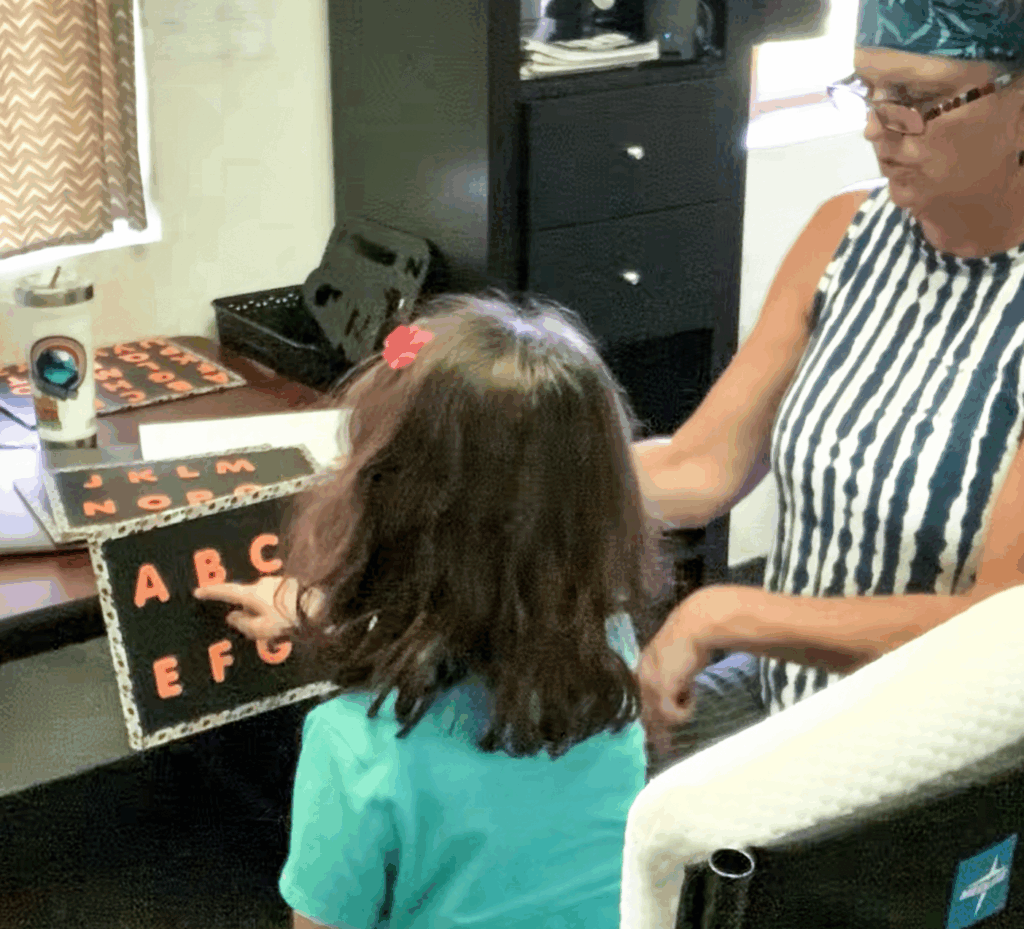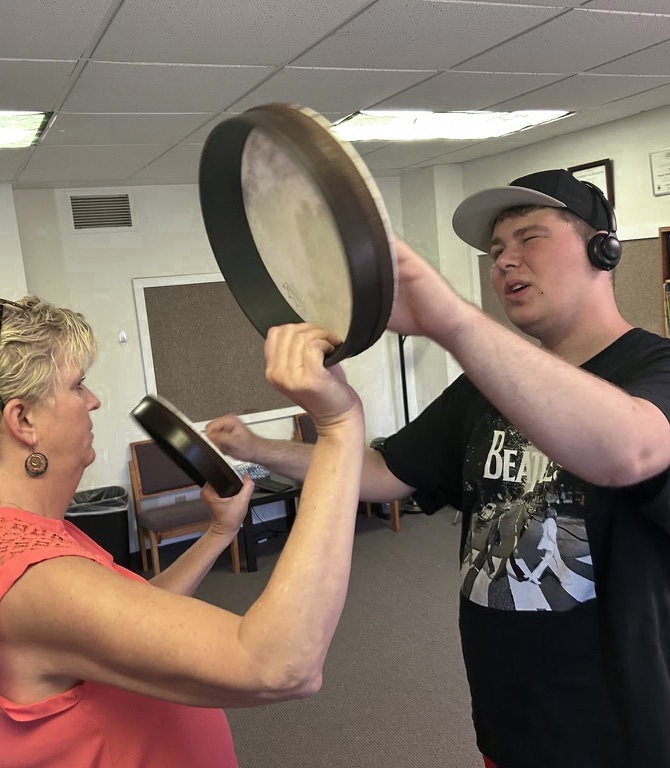Music Therapy, often viewed through a social science lens, promotes emotional well-being, social interaction, and emotional support through various musical experiences such as listening to music, singing, songwriting, and playing instruments.
Neurologic Music Therapy (NMT), grounded in the neuroscience of music perception, cognition, and production, is an evidence-based treatment approach. Studies have revealed that rhythm activates brain regions below conscious awareness, activating numerous brain regions simultaneously (Thaut & McIntosh, 2015). Neurologic music therapists apply standardized NMT techniques to target and improve sensorimotor, speech & language, and cognitive functions. (NMTacademy) Beyond its emotional impact, music has a profound influence on brain health and plasticity. It optimizes the retraining of damaged or impaired brain functions, promoting the creation and restoration of neural pathways and strengthening the intricate connections between multiple neural networks.
Board Certification in Music Therapy (MT-BC) is a fundamental prerequisite for all Neurologic Music Therapists (NMTs). Beyond the standard music therapy certification, NMTs are required to complete additional specialized training to earn and maintain their NMT designation.



